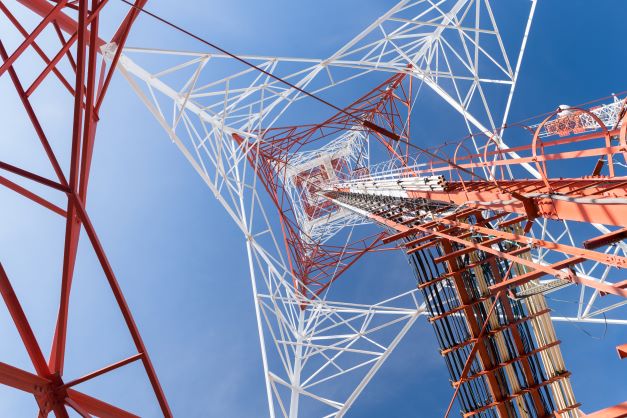
High Frequency Connectors
Usually going above and beyond is a good thing, but not in the case of putting higher frequency signals into low frequency connectors. So why is that? I sat down with our engineering team the other day to discuss the science behind this conundrum. Connectors support what we call “waveguide modes”, which determine how a wave behaves inside a certain geometric space. SMA connectors support many higher-order waveguide modes at a high frequency, while 1.85mm connectors support fewer higher-order wave guide modes at the same frequency. This is due to the size of the connector. Larger connectors can support more wave modes which create unpredictable resonances. The less resonances that are present, the better. Connectors are commonly matched up with their frequencies, for example 2.92mm connector go to 40 GHZ while 2.4mm connectors go to 50GHz. These frequency values denote the highest frequency a connector can take before supporting higher-order waveguide modes and creating unwanted resonances. These resonances affect the insertion loss and VSWR of the attenuator, making it unsuitable for its application.
The closer a connector rating is to the desired frequency, the better, but the closer item will still not work at all frequency ranges. For example, a 2.4mm connector will see less failures than an SMA connector at 60GHz, but a 1.85mm connector is still the most reliable option. All in all, we always recommend getting a new product if you plan to extend your frequency range past your product’s rating. This will guarantee our products will stay in spec and perform as expected! Recently, we heard that our customers are pushing the boundaries of 65 GHz. Stay tuned for our upcoming product blasts to learn more about our solution, a 110GHz, 1mm connector attenuator.


